Home>Interior Design>Can A Mattress Help With Back Pain? A Chiropractor Confirms
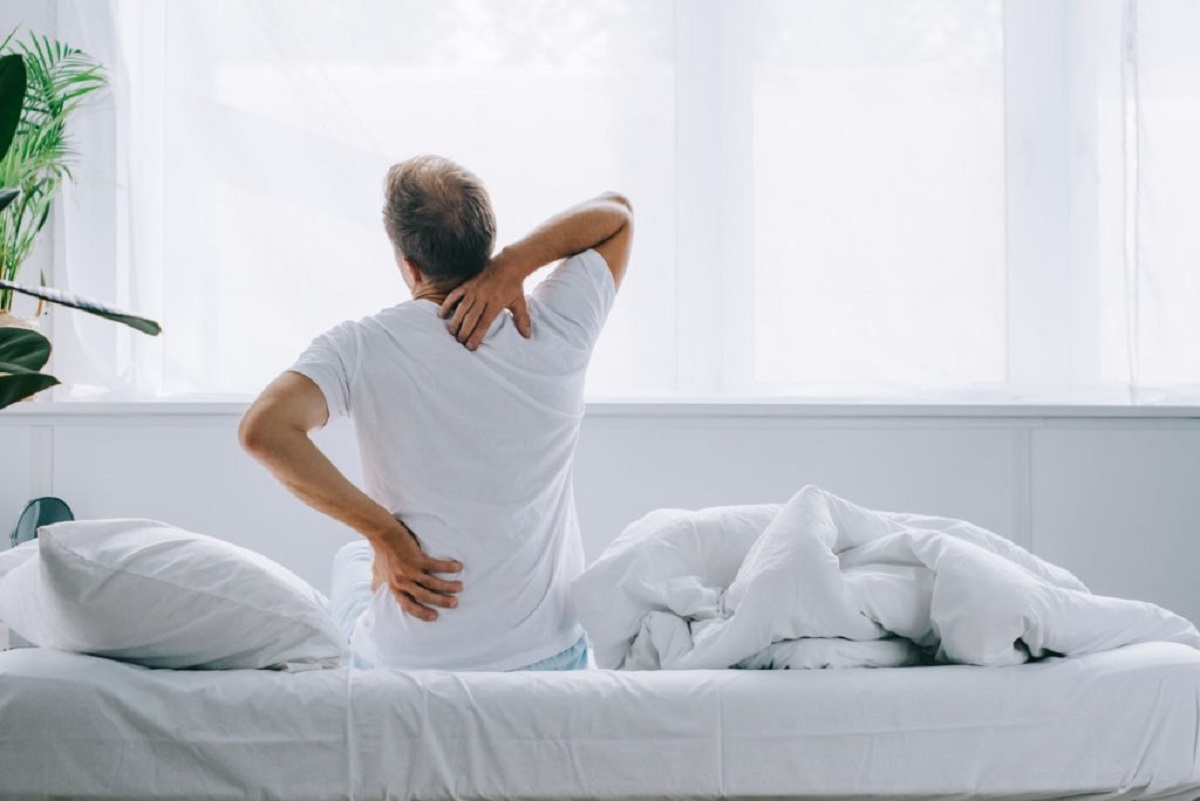

Interior Design
Can A Mattress Help With Back Pain? A Chiropractor Confirms
Modified: November 2, 2024
Discover how a mattress can alleviate back pain, as confirmed by a chiropractor. Explore the benefits of interior design for a healthier sleep experience.
(Many of the links in this article redirect to a specific reviewed product. Your purchase of these products through affiliate links helps to generate commission for Storables.com, at no extra cost. Learn more)
Introduction
Back pain is a common ailment that affects millions of people worldwide. Whether it’s caused by poor posture, muscle strain, or underlying medical conditions, back pain can significantly impact one’s quality of life. While there are various remedies available for alleviating back pain, one often overlooked solution is the choice of mattress.
When it comes to combating back pain, a chiropractor’s perspective is valuable. Chiropractors specialize in diagnosing and treating musculoskeletal disorders, including back pain. They also understand the importance of proper support and alignment for overall spinal health. So, can a mattress really help with back pain? Let’s delve into the world of chiropractic care and find out.
Key Takeaways:
- Choosing the right mattress is crucial for alleviating back pain. Factors such as firmness, support, and material composition play a significant role in promoting proper spinal alignment and reducing discomfort.
- Integrating other strategies like regular exercise, posture awareness, and stress management techniques alongside selecting a supportive mattress can complement the effects of back pain relief. A balanced approach is essential for maximizing benefits and improving overall well-being.
Read more: What Type Of Mattress Is Good For Back Pain
Understanding Back Pain
Before we dive into the potential benefits of a mattress for back pain relief, it’s crucial to have a basic understanding of this common condition. Back pain can originate from various factors, including muscle strains, herniated discs, spinal misalignment, and even psychological stress.
The lower back, or lumbar region, is particularly susceptible to pain and discomfort. This area supports the weight of the upper body and is involved in various movements like lifting, twisting, and bending. When any imbalance or strain occurs in the muscles, ligaments, or spinal structures, it can result in back pain.
Back pain can range from mild discomfort to debilitating agony, making it challenging to perform daily activities and affecting overall quality of life. While acute back pain may last for a few days or weeks, chronic back pain persists for more than three months.
Understanding the causes and contributing factors to back pain is essential. Poor posture, improper lifting techniques, sedentary lifestyle, repetitive motions, obesity, and weak core muscles are common culprits. Additionally, age-related degeneration, diseases like arthritis, and structural abnormalities can also lead to back pain.
It’s important to note that back pain is a complex condition that often requires a multidimensional approach for effective management. Seeking professional medical advice and guidance is crucial, particularly for chronic and severe cases of back pain.
Factors that Contribute to Back Pain
When it comes to back pain, several factors can contribute to its onset and exacerbation. Understanding these factors can help individuals make informed decisions when choosing a mattress to alleviate their back pain. Here are some common contributors to back pain:
- Poor Posture: Maintaining incorrect posture while sitting, standing, or sleeping can put undue stress on the spine and lead to back pain.
- Sedentary Lifestyle: Leading a sedentary lifestyle with prolonged periods of sitting can weaken the supporting muscles of the back and increase the risk of developing back pain.
- Inadequate Lumbar Support: Insufficient support for the natural curvature of the lower back can strain the muscles and lead to discomfort and pain.
- Improper Lifting Techniques: Lifting heavy objects with incorrect techniques, such as bending from the waist instead of using the legs, can strain the back and result in pain.
- Obesity: Carrying excess weight puts added stress on the spine, increasing the risk of back pain and related conditions.
- Weak Core Muscles: The core muscles are essential for supporting the spine. Weakness in these muscles can lead to poor spinal stability and contribute to back pain.
- Underlying Medical Conditions: Certain medical conditions like herniated discs, spinal stenosis, arthritis, and osteoporosis can cause or exacerbate back pain.
- Psychological Factors: Stress, anxiety, and depression can contribute to the perception and intensity of back pain.
While it’s not always possible to eliminate all contributing factors, addressing these issues can significantly reduce the risk and intensity of back pain. Choosing a suitable mattress that provides adequate support and comfort is one such step towards finding relief from back pain.
Importance of Choosing the Right Mattress
When it comes to managing back pain, the significance of choosing the right mattress cannot be overstated. A good mattress can make a world of difference in terms of comfort, support, and spinal alignment during sleep. Here are a few reasons why selecting the right mattress is crucial for individuals dealing with back pain:
- Proper Spinal Alignment: A mattress that promotes proper spinal alignment keeps the spine in a neutral position, relieving pressure from the vertebrae and aligning the natural curves of the spine. This alignment helps reduce strain on the muscles and ligaments, alleviating back pain.
- Support for Pressure Points: A mattress that offers adequate support helps distribute body weight evenly, reducing the pressure on specific areas such as the shoulders, hips, and lower back. This support prevents the development of pressure points and minimizes discomfort.
- Optimal Comfort: A comfortable mattress ensures a restful night’s sleep, allowing muscles and tissues to relax and recover. Restorative sleep can help reduce inflammation and promote healing, leading to decreased back pain over time.
- Reduced Motion Transfer: If you share your bed with a partner, a mattress with minimal motion transfer is important. When your partner moves during sleep, a mattress that absorbs motion can prevent disturbances and interruptions in your sleep, promoting better pain management and overall well-being.
- Long-Term Durability: Investing in a high-quality, durable mattress ensures that it maintains its supportive properties over time. A mattress that sags or loses its shape can exacerbate back pain by compromising spinal alignment and support.
Choosing the right mattress is a personal decision, as individual preferences and specific back conditions may vary. It’s essential to consider factors such as mattress firmness, material, and individual comfort preferences when making a selection. Consulting with a healthcare professional or chiropractor can provide valuable guidance in aligning your specific needs with the right mattress choice.
How Does a Mattress Help with Back Pain?
A mattress plays a crucial role in supporting the spine and alleviating back pain. The right mattress can provide proper alignment, support, and pressure relief, contributing to pain reduction and improved sleep quality. Here are a few ways in which a mattress can help with back pain:
- Spinal Alignment: A mattress that contours to the body’s natural curves helps maintain proper spinal alignment. It promotes the neutral position of the spine, supporting the natural curvature of the neck, upper back, and lower back. This alignment helps distribute weight evenly and reduces strain on the spinal structures, relieving discomfort and minimizing back pain.
- Supportive Firmness: The right level of mattress firmness provides adequate support to the body. A mattress that is too firm can create pressure points, while one that is too soft can lack proper support. Finding the right balance is essential, as it helps prevent the overextension or compression of spinal discs, muscles, and ligaments, thereby reducing back pain.
- Pressure Relief: A mattress that offers targeted pressure relief is beneficial for individuals with back pain. By cushioning pressure points, such as the hips and shoulders, it helps reduce pain and discomfort. This is particularly important for individuals with conditions like arthritis or sciatica, as pressure relief can alleviate their symptoms and improve sleep quality.
- Material Composition: Different mattress materials offer varying levels of support and comfort. Memory foam mattresses, for example, contour to the body’s shape, providing customized support. Latex mattresses offer a combination of support and responsiveness. Hybrid mattresses, which combine different materials, can deliver the benefits of both support and pressure relief. By choosing a mattress with suitable material composition, individuals can find relief from back pain.
- Individual Preferences: Personal comfort preferences play a significant role in selecting the right mattress for back pain relief. While some individuals find comfort in a firmer mattress, others prefer a softer surface. It’s important to consider factors such as body weight, sleeping position, and personal preferences when choosing a mattress. A mattress that caters to individual needs can enhance comfort and reduce the likelihood of back pain.
Remember, individual experiences may vary, and there is no one-size-fits-all solution when it comes to mattresses and back pain. It’s crucial to test out different mattresses, consult healthcare professionals, and consider factors such as body type, sleeping style, and specific back conditions when making a decision.
Choose a mattress that provides proper support and alignment for your spine. Look for medium-firm to firm mattresses with good contouring to help alleviate back pain.
Types of Mattresses for Back Pain Relief
When it comes to choosing a mattress for back pain relief, various types of mattresses are available, each offering unique benefits. Understanding the differences can help individuals make an informed decision based on their specific needs. Here are some common types of mattresses known for their potential to alleviate back pain:
- Memory Foam Mattresses: Memory foam mattresses are renowned for their ability to contour to the body’s shape. They respond to heat and pressure, providing customized support and cushioning for pressure points. Memory foam mattresses can distribute body weight evenly, relieving strain on the spine and reducing back pain.
- Latex Mattresses: Latex mattresses offer a combination of support and responsiveness. They provide a balance between firmness and contouring, ensuring proper spinal alignment and relieving pressure points. Latex mattresses are known for their durability and breathability, making them a popular choice for individuals with back pain.
- Innerspring Mattresses: Innerspring mattresses consist of a support core made of metal coils, with comfort layers on top. These mattresses offer a traditional feel and can provide good support for the back. Selecting an innerspring mattress with a sufficient number of coils and proper padding can promote spinal alignment and reduce back pain.
- Hybrid Mattresses: Hybrid mattresses combine different materials, typically a combination of memory foam, latex, or innerspring coils. These mattresses aim to maximize the benefits of each material. By offering a blend of support, responsiveness, and pressure relief, hybrid mattresses can provide comprehensive back pain relief.
- Adjustable Beds: Adjustable beds allow individuals to change the position of their mattress, elevating certain parts of the body as desired. These beds are particularly beneficial for individuals with specific back conditions, such as spinal stenosis or spondylolisthesis. By allowing adjustments for optimal spinal alignment, adjustable beds can provide customized support and relieve back pain.
It’s important to note that the effectiveness of a mattress for back pain relief can vary depending on individual preferences and specific back conditions. While memory foam and latex mattresses are often recommended for their contouring properties, some individuals may find relief with other types of mattresses. Testing out different options and considering personal preferences is crucial to find the right mattress for individual needs.
Key Features to Look for in a Mattress for Back Pain
When searching for a mattress to alleviate back pain, there are several key features to consider. These features can have a significant impact on the level of support, comfort, and pain relief that the mattress provides. Here are some important features to look for:
- Firmness: The firmness of a mattress is crucial in maintaining proper spinal alignment and reducing back pain. While personal preferences may vary, a medium-firm mattress is often recommended for individuals with back pain. This level of firmness provides a balance of support and cushioning, alleviating pressure on the spine and promoting proper alignment.
- Support: The mattress should offer adequate support to keep the spine in a neutral position. Look for a mattress that provides support to the natural curves of the body, particularly the lower back. This helps distribute body weight evenly and reduces strain on the muscles, ligaments, and spinal structures, ultimately reducing back pain.
- Pressure Relief: A mattress that offers pressure relief is essential for individuals with back pain. The mattress should cushion the body’s pressure points, such as the hips and shoulders, to reduce discomfort and prevent the development of pressure sores. Look for materials like memory foam or latex that contour to the body’s shape and provide targeted pressure relief.
- Spinal Alignment: Optimal spinal alignment is crucial for back pain relief. Look for a mattress that promotes proper alignment of the spine, maintaining the natural curvature of the neck, upper back, and lower back. This alignment helps reduce strain on the muscles and ligaments, alleviating back pain.
- Material: The material of the mattress can greatly affect its comfort, support, and durability. Different materials offer various benefits. Memory foam molds to the body, providing customized support and pressure relief. Latex mattresses offer a blend of support and responsiveness. Innerspring mattresses can provide good support and breathability. Consider your preferences and consult with healthcare professionals to determine the best material for your specific needs.
- Edge Support: Edge support is important to consider, particularly for individuals who utilize the entire surface of the mattress or share the bed with a partner. A mattress with solid edge support allows for better stability and prevents sagging or rolling off the bed, providing consistent support for the back.
- Temperature Regulation: Maintaining a comfortable sleep temperature contributes to a good night’s rest. Look for a mattress that has features like breathable materials, cooling gel-infused foams, or moisture-wicking properties, to help regulate body temperature and prevent discomfort caused by excessive heat.
- Motion Isolation: If you share your bed with a partner, motion isolation can be important. A mattress with good motion isolation absorbs movement, reducing disturbances caused by your partner’s movements during sleep. This ensures uninterrupted rest, contributing to better pain management and overall sleep quality.
Considering these key features will help you select a mattress that aligns with your specific needs and provides optimal support and comfort for back pain relief. Remember to take the time to test out different mattresses and consult with healthcare professionals or mattress experts for personalized advice.
Tips for Choosing the Right Mattress for Back Pain Relief
Selecting the right mattress for back pain relief can significantly impact your comfort and sleep quality. Here are some helpful tips to consider when choosing a mattress:
- Consult with Healthcare Professionals: Seek advice from healthcare professionals or chiropractors who specialize in back pain. They can provide valuable insights and recommendations based on your specific condition and needs.
- Test Different Mattresses: Take the time to test different types of mattresses. Lie down on each mattress for at least 15-20 minutes to get a sense of its comfort and support. Don’t rush the decision—try multiple positions and pay attention to how your body feels.
- Determine Your Optimal Firmness Level: Assess your personal preference for mattress firmness. While a medium-firm mattress is generally recommended for back pain relief, listen to your body’s cues and choose the level of firmness that feels most comfortable and supportive to you.
- Consider Your Sleeping Position: Your sleeping position can influence the type of mattress that suits you best. For example, side sleepers may require a slightly softer mattress to cushion their shoulders and hips, while back sleepers may benefit from a medium-firm mattress for optimal spinal alignment.
- Take Your Body Weight Into Account: Your body weight can affect how the mattress feels and performs in terms of support and pressure relief. Heavier individuals may require a firmer mattress to prevent excessive sinkage, while lighter individuals may benefit from a slightly softer surface for proper contouring.
- Consider Customization Options: Some mattress brands offer customization options, allowing you to adjust firmness or support levels to suit your needs. Explore these options if you require specific customization for your back pain relief.
- Read Customer Reviews: Before making a final decision, read customer reviews and feedback on the mattress you are considering. Pay attention to reviews from individuals with similar back pain concerns to gauge how effective the mattress has been for them.
- Take Advantage of Sleep Trials and Warranties: Many mattress companies offer sleep trials or warranties, allowing you to test the mattress at home and return or exchange it if it doesn’t meet your needs. Take advantage of these offers to ensure you have ample time to evaluate the mattress for back pain relief.
- Consider Additional Supportive Accessories: Alongside choosing the right mattress, consider additional supportive accessories such as pillows, mattress toppers, or lumbar cushions that can further enhance your back support and alleviate pain.
By following these tips and taking your unique needs into account, you can make an informed decision and find a mattress that provides the optimal combination of support, comfort, and pain relief for your back.
Other Strategies for Combating Back Pain
While choosing the right mattress is important for back pain relief, it’s equally crucial to adopt other strategies alongside to combat and manage back pain effectively. Here are some additional strategies that can complement the use of a supportive mattress:
- Regular Exercise: Engaging in regular exercise can strengthen the muscles that support the spine and improve flexibility. Low-impact exercises like walking, swimming, or yoga can help alleviate back pain and prevent future episodes.
- Posture Awareness: Maintaining good posture throughout daily activities can reduce strain on the back. Practice proper posture while sitting, standing, and lifting heavy objects to minimize the risk of back pain.
- Ergonomic Adjustments: Make ergonomic adjustments in your environment to support a healthy back. Ensure your workspace is set up ergonomically with an adjustable chair, proper desk height, and ergonomic accessories like a supportive chair cushion or lumbar roll.
- Weight Management: Maintaining a healthy weight can reduce the strain on the back and minimize the risk of back pain. Regular exercise and a balanced diet can help achieve and maintain a healthy weight.
- Stretching and Strengthening Exercises: Incorporating stretching and strengthening exercises specific to the back muscles can improve flexibility, reduce muscle imbalances, and provide relief from back pain. Consult with a healthcare professional or a physical therapist for exercises targeted to your specific condition.
- Heat and Cold Therapy: Applying heat or cold therapy can help alleviate back pain. Heat therapy, such as using a heating pad or taking a warm bath, can relax muscles and increase blood flow to the affected area. Cold therapy, using an ice pack or cold compress, can reduce inflammation and numb the area to relieve pain.
- Physical Therapy: Consider working with a physical therapist who can provide specialized treatment, exercises, and techniques to address your specific back pain. Physical therapy can help improve mobility, reduce pain, and prevent future episodes of back pain.
- Stress Management Techniques: Stress can exacerbate back pain. Incorporate stress management techniques like meditation, deep breathing exercises, or engaging in activities that promote relaxation and well-being. These techniques can help manage stress and reduce the impact on your back.
- Proper Lifting Techniques: When lifting heavy objects, use proper lifting techniques to protect your back. Bend your knees, keep your back straight, and lift with your legs instead of your back to avoid straining the muscles.
- Sleeping Position: Alongside a supportive mattress, pay attention to your sleeping position. Avoid sleeping on your stomach as it can strain the back. Opt for sleeping on your back or side with the aid of supportive pillows to maintain proper spinal alignment during sleep.
Remember, back pain management is a multidimensional approach. Implementing these strategies in conjunction with choosing the right mattress can help alleviate back pain, improve spinal health, and enhance overall well-being.
Read more: What Is The Best Mattress For Bad Back Pain
Conclusion
Back pain is a common ailment that can significantly impact one’s quality of life. While there are various remedies available, choosing the right mattress can play a crucial role in alleviating back pain and promoting better sleep. A mattress that offers proper support, spinal alignment, and pressure relief can help reduce discomfort, muscle strain, and promote healing.
When selecting a mattress for back pain relief, consider factors like firmness, support, material, and personal preferences. Consult with healthcare professionals or chiropractors for tailored advice based on your specific condition and needs. Taking the time to test different mattresses and considering trial periods or warranties can help you find the best mattress for your individual comfort and pain relief.
Additionally, integrating other strategies such as regular exercise, posture awareness, ergonomic adjustments, and stress management techniques can further complement the effects of a supportive mattress in combatting back pain. Finding a balanced approach to back pain management is crucial to maximize the benefits and minimize the impact on your daily life.
Remember, everyone’s experience with back pain and mattress preferences may vary. It’s important to seek professional guidance, listen to your body’s cues, and make informed decisions to find the right mattress and adopt appropriate strategies that work best for your unique needs.
By prioritizing your spinal health and sleep quality, you can take significant steps towards reducing back pain, improving overall well-being, and enjoying a restful night’s sleep.
Frequently Asked Questions about Can A Mattress Help With Back Pain? A Chiropractor Confirms
Was this page helpful?
At Storables.com, we guarantee accurate and reliable information. Our content, validated by Expert Board Contributors, is crafted following stringent Editorial Policies. We're committed to providing you with well-researched, expert-backed insights for all your informational needs.
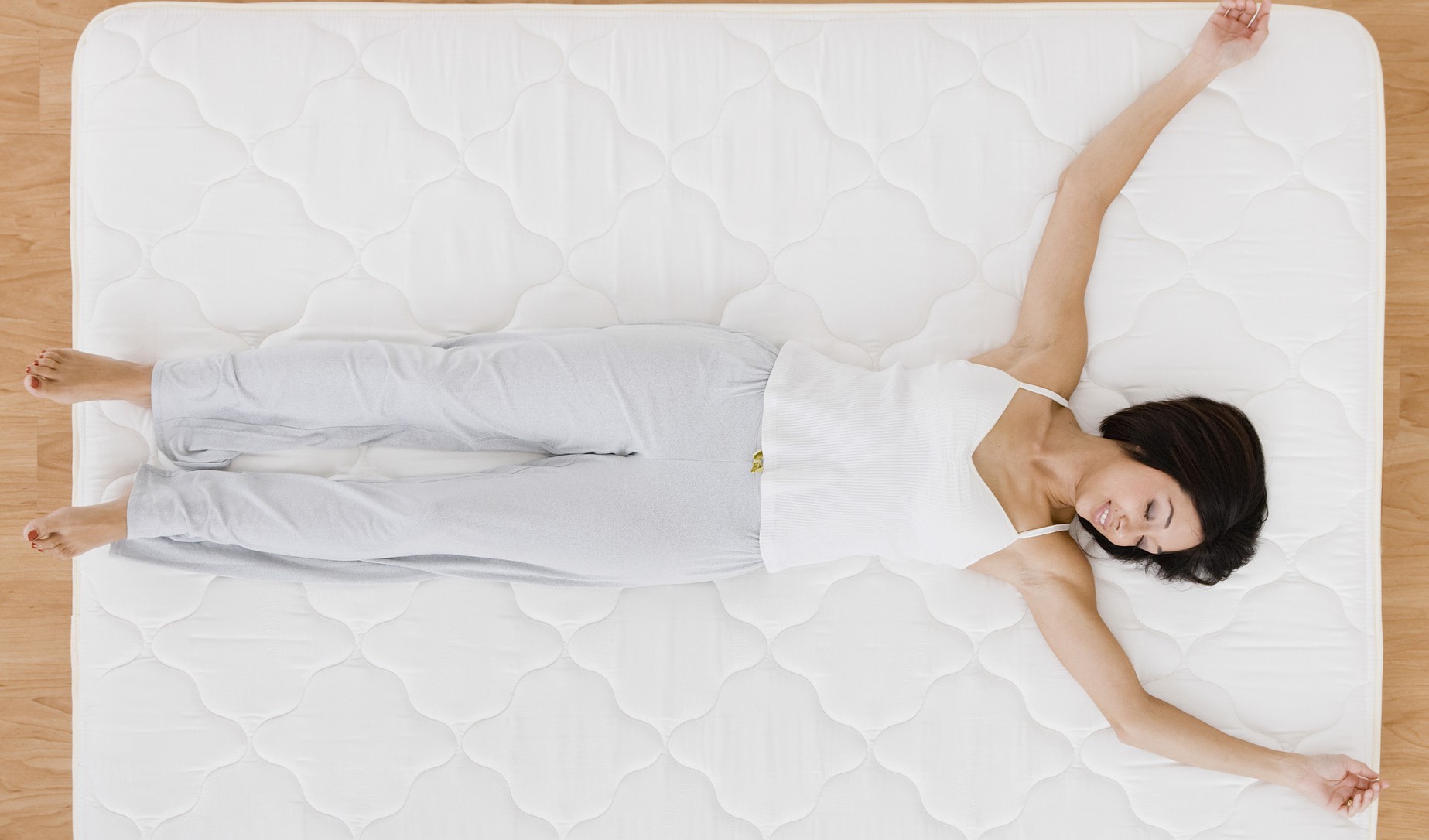
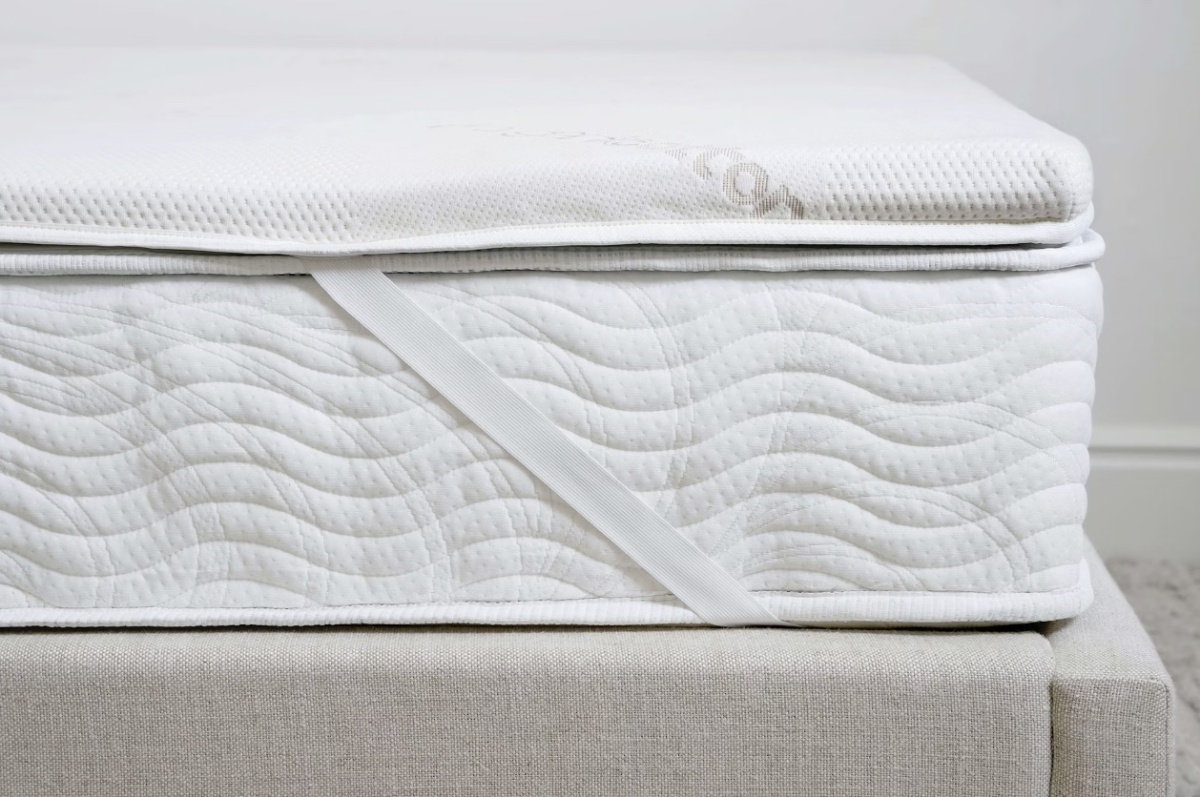
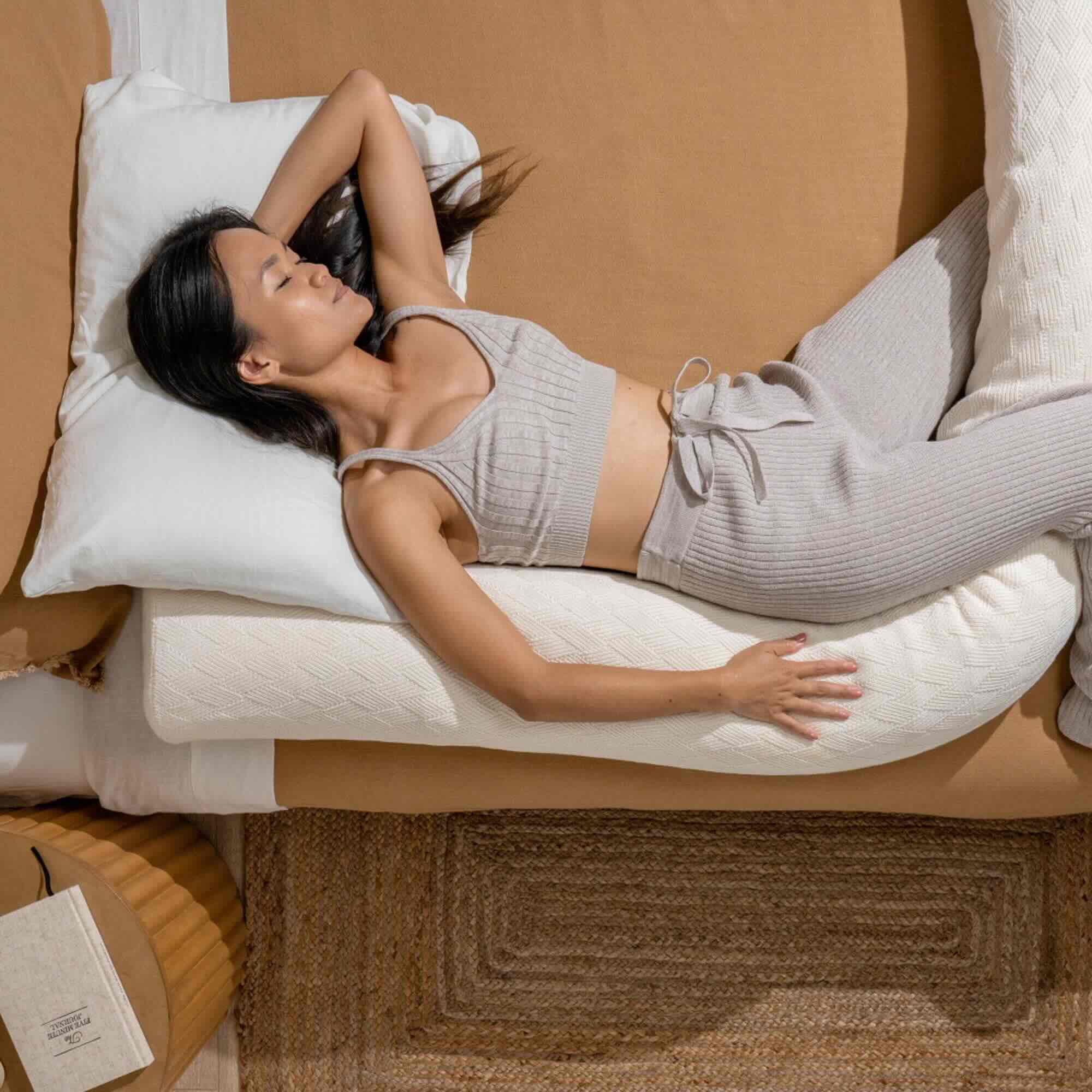
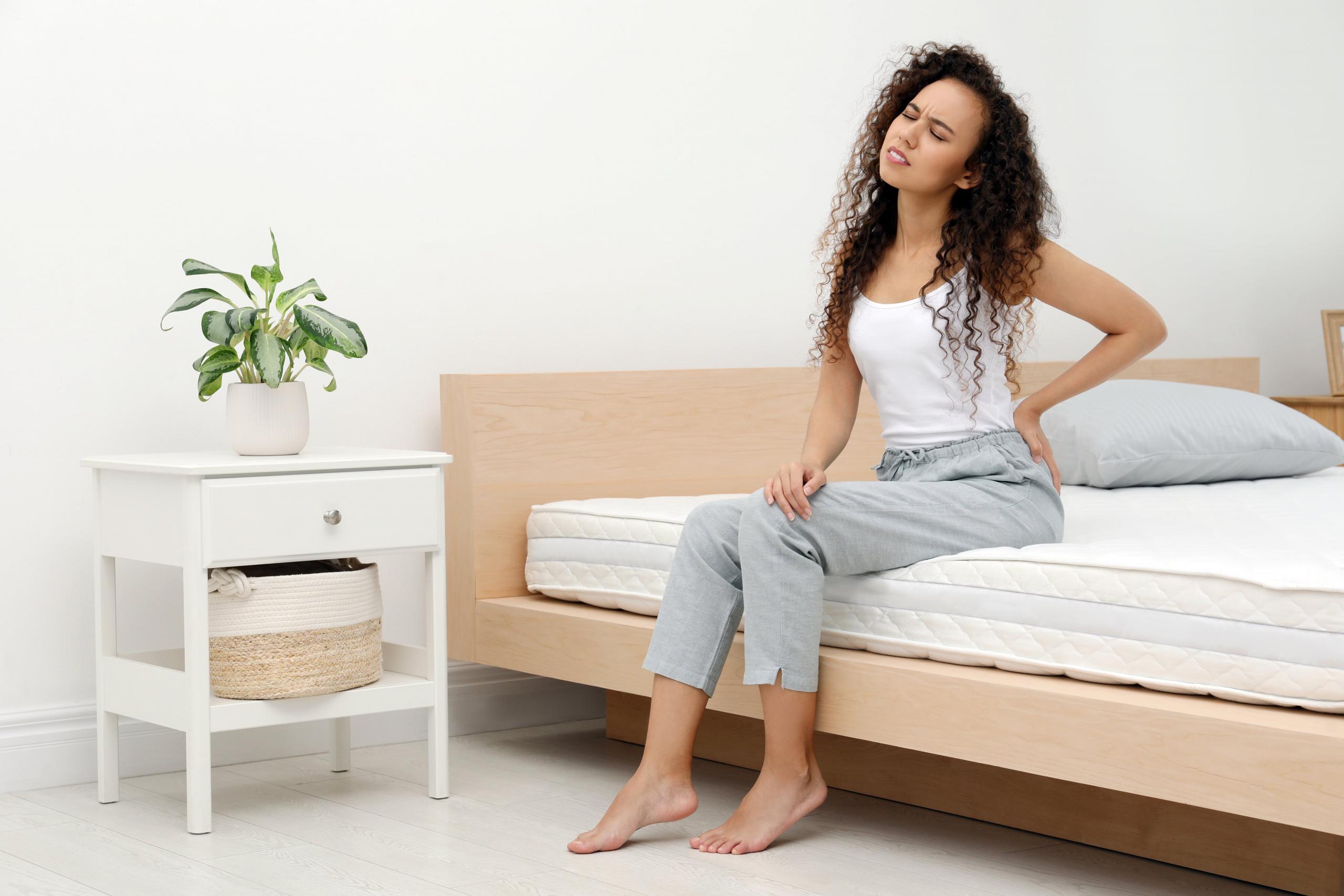
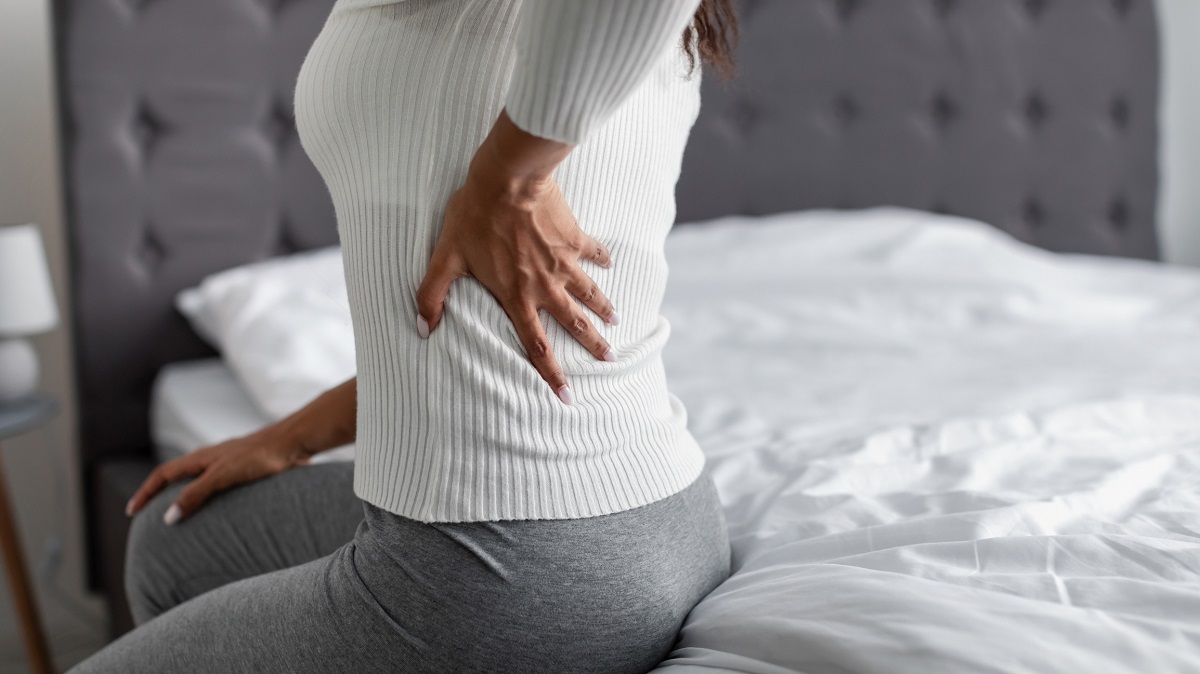
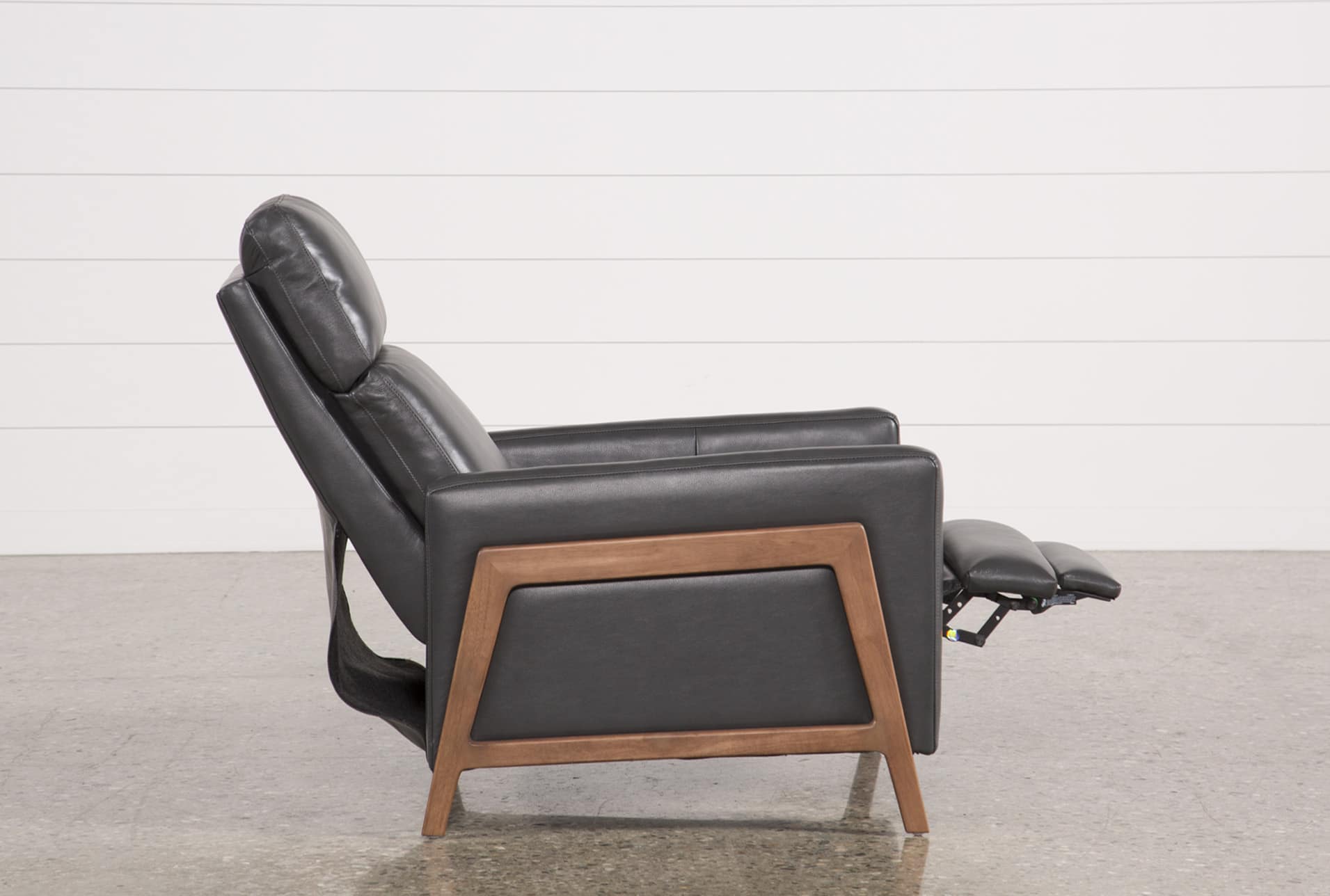

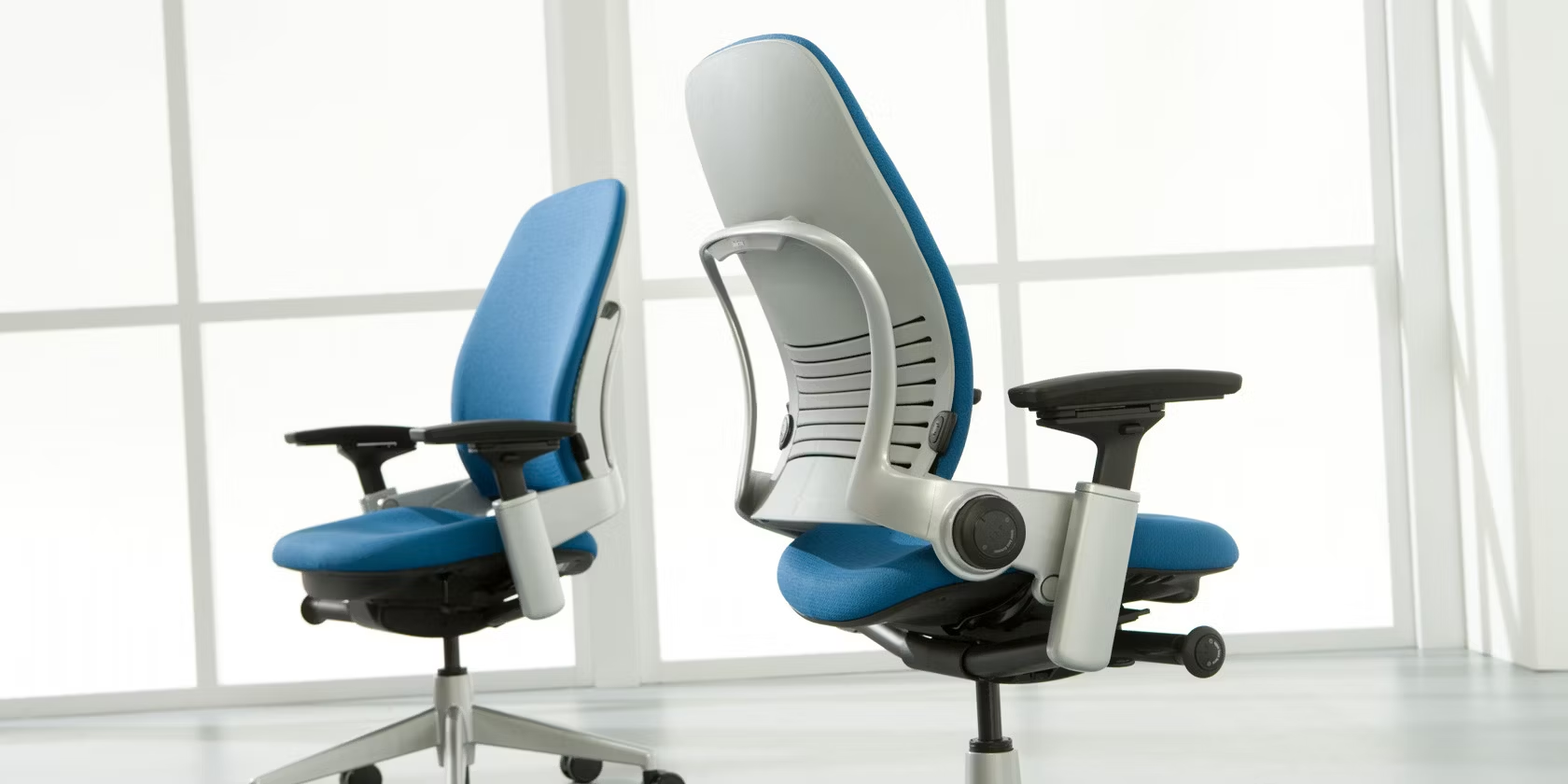
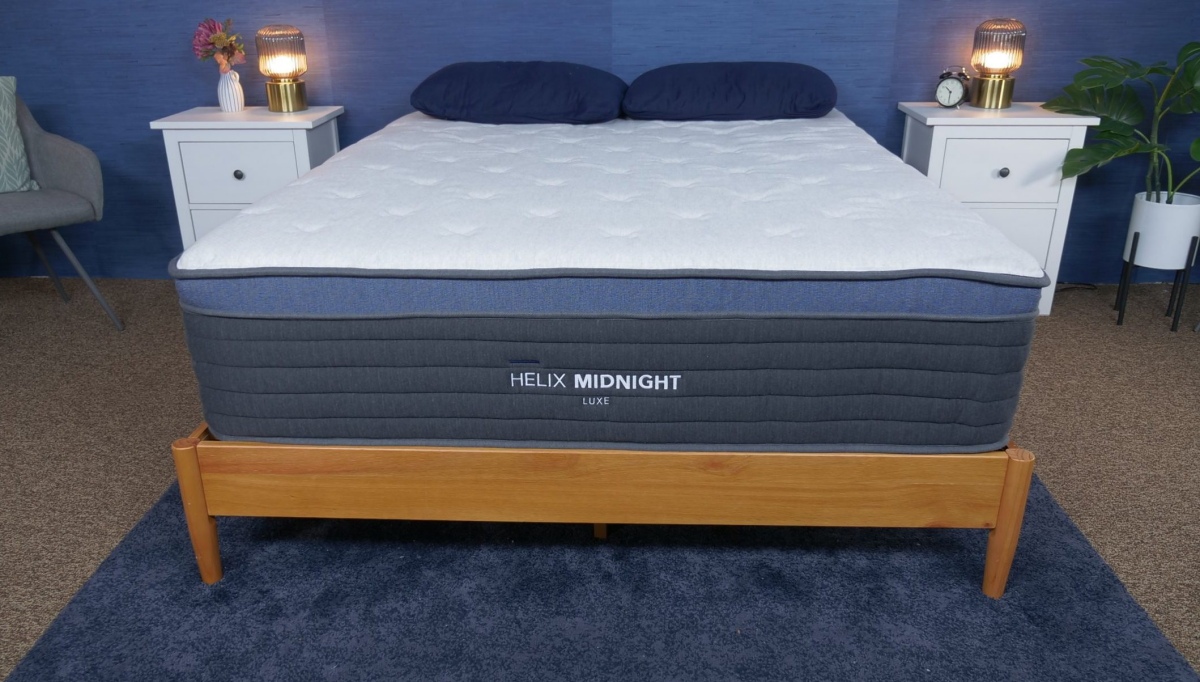
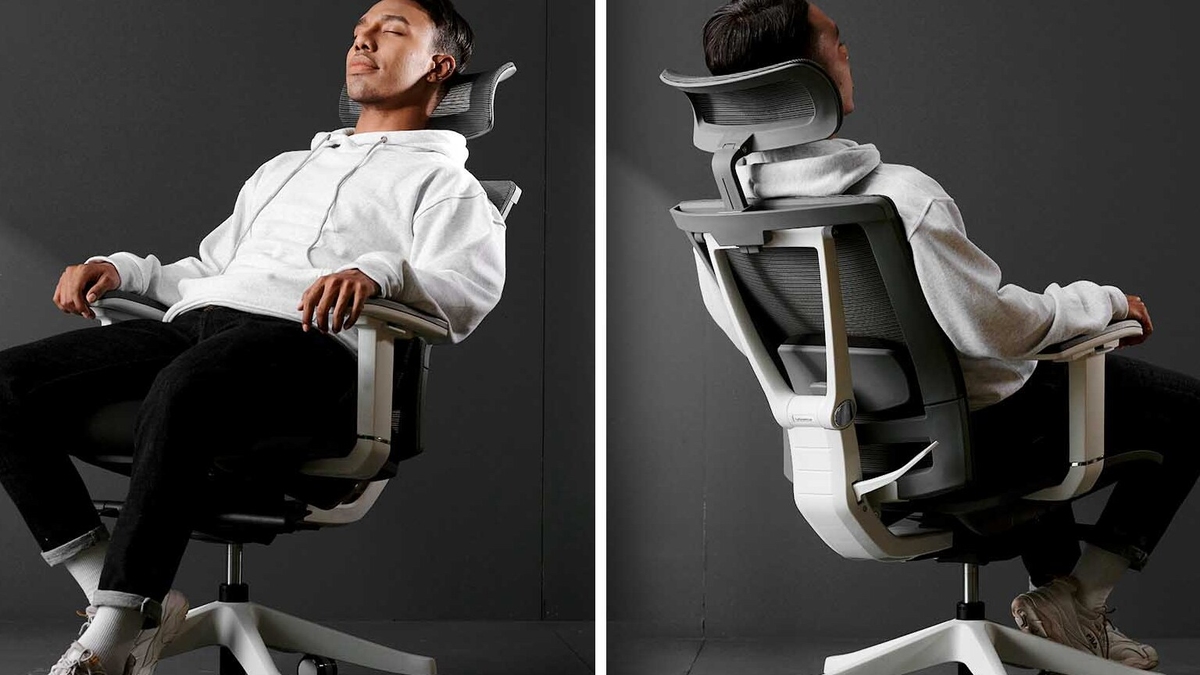
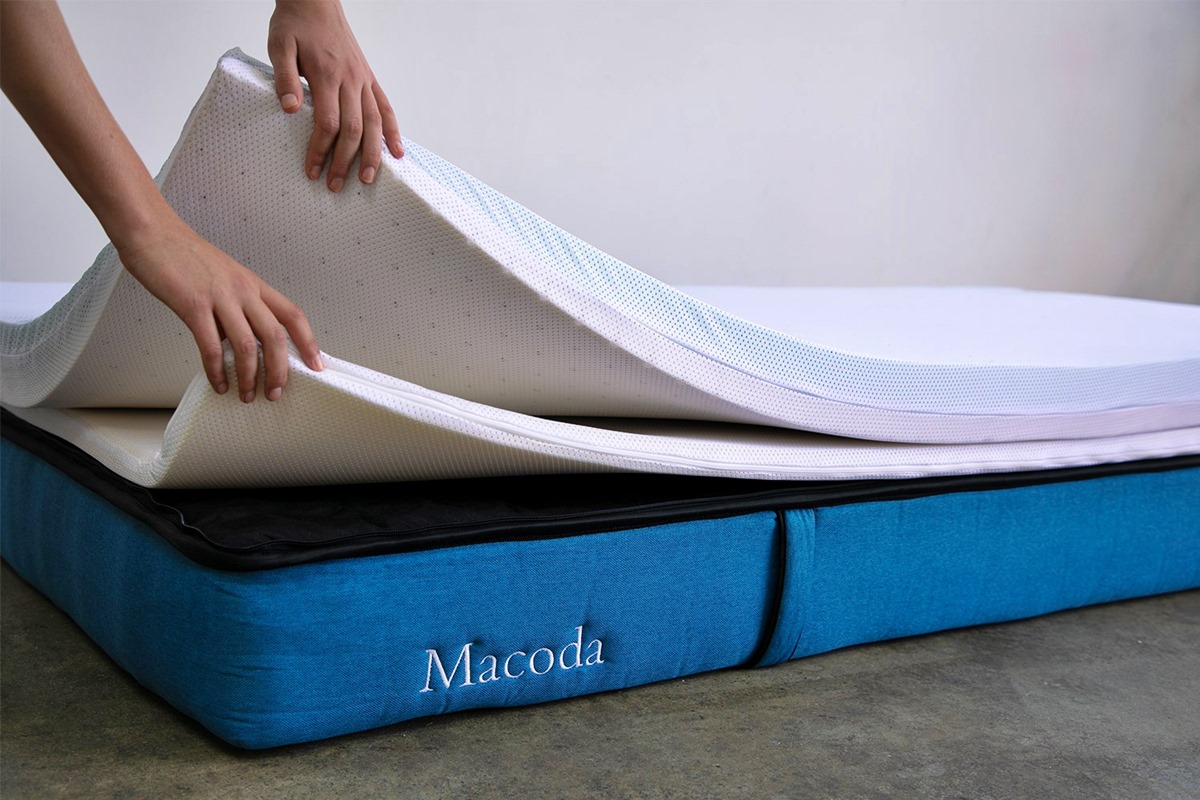



0 thoughts on “Can A Mattress Help With Back Pain? A Chiropractor Confirms”